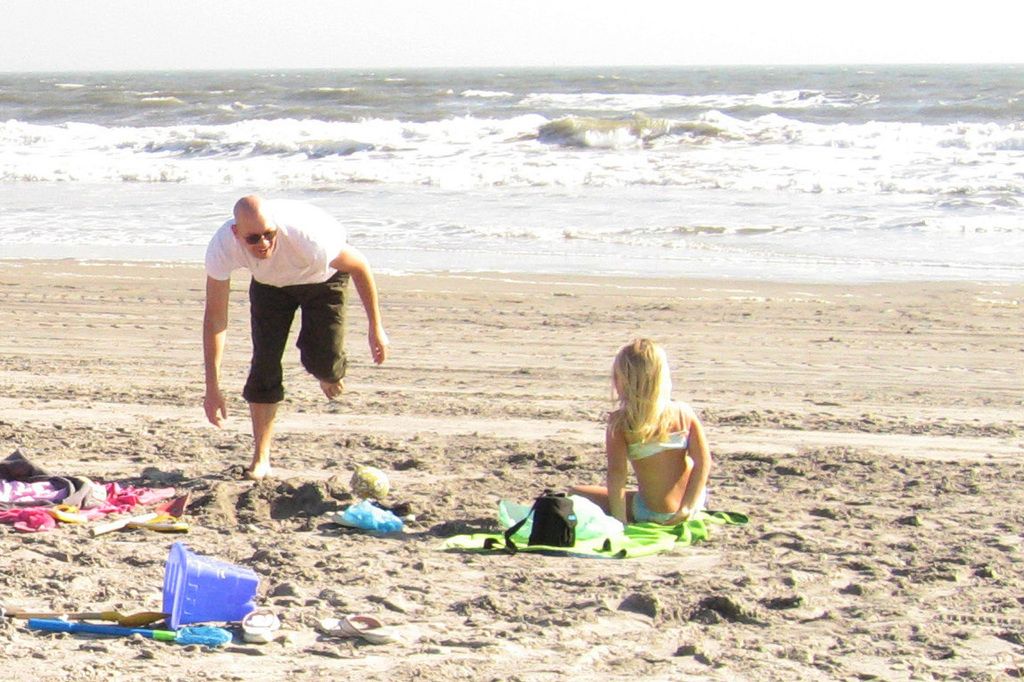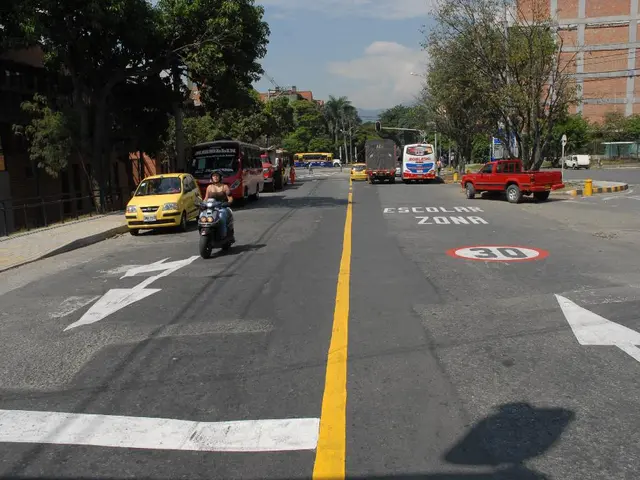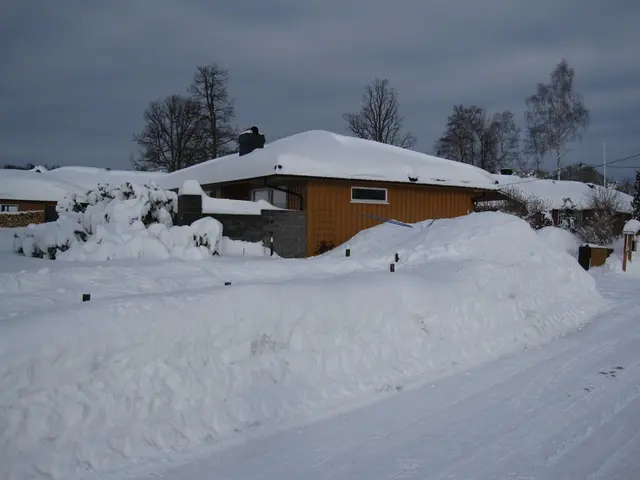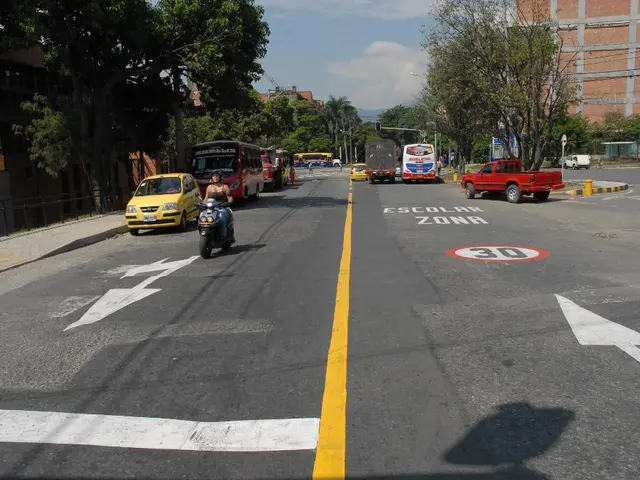Climate Change Retaliation: Scientists Discover Another Method Through which Its Impact Reoccurs
Unleashing the Secrets of Planetary Waves and Extreme Weather
Planetary waves, aka Rossby waves, unveil their connection to the rise of extreme summer weather in a groundbreaking study. According to the research published in PNAS, climate change has magnified the occurrence of planetary wave events by tripling their frequency in the past 75 years.
In the 1950s, our planet barely witnessed a planetary wave event every summer, but that number has skyrocketed to around three per summer, as per the study.
These planetary waves have been linked to the historic unusual heatwaves (like the Pacific Northwest one in 2021, the Russian heatwave in 2010, and the scorching European heatwave in 2003) and severe flooding scenarios, such as the one in Pakistan.
Co-author Michael Mann of the University of Pennsylvania clarifies that one can envision these planetary waves in the northern hemisphere by observing the waviness in the jet stream on a weather map.
Digging Deeper into the Link Between Planetary Waves and Weather
When planetary waves get strengthened, the jet stream becomes wavier with taller hills and deeper valleys. This amplification phenomenon, known as quasi-resonant amplification or QRA, implies that these waves get locked in place for prolonged periods. As a result, some regions witness prolonged rainfall, while others endure unrelenting heat with no relief for weeks.
For instance, the unusual heat, drought, and wildfires experienced in the western United States in summer 2018 were a consequence of a high-pressure system out west and a low-pressure system in the East. This configuration stayed locked in place for a full month, resulting in a heatwave, drought, and excessive rain in the east.
The ABCs of Climate Change's Impact on Planetary Waves
Climate change is responsible for the significant increase in frequency of resonance events due to human-caused practices, primarily fossil fuel burning. The Arctic warms up to four times faster than the rest of the world, which leads to a diminished temperature difference between the tropics and the Arctic. This weakens the jet streams and waves, making them more likely to get trapped in place.
Researcher Jennifer Francis from the Woodwell Climate Research Center argues that this study sheds light on another detrimental effect of human activities, contributing to greater extremes in summer weather events. These persistent summer weather patterns can prolong heatwaves, droughts, and heavy rains, resulting in additional troubles for our overheating planet.
-> For the Thirsty Minds:
Learn about the connection between El Niño and amplified planetary waves
Unravel the implications of droughts on European cities
Take a deeper dive into the scientific complexities of the climate crisis and extreme weather.
- The study in PNAS reveals that the intensity of planetary waves can leads to a more wavier jet stream, creating prolonged periods of excessive rainfall in some regions and unrelenting heat in others, like the western United States summer 2018 heatwave, drought, and wildfires.
- According to researcher Jennifer Francis from the Woodwell Climate Research Center, climate change, particularly human-caused practices such as fossil fuel burning, contributes to an increase in the frequency of resonance events and the weakening of jet streams and waves, making them more likely to get trapped, leading to persistent summer weather patterns that can prolong heatwaves, droughts, and heavy rains, exacerbating the climate crisis.






